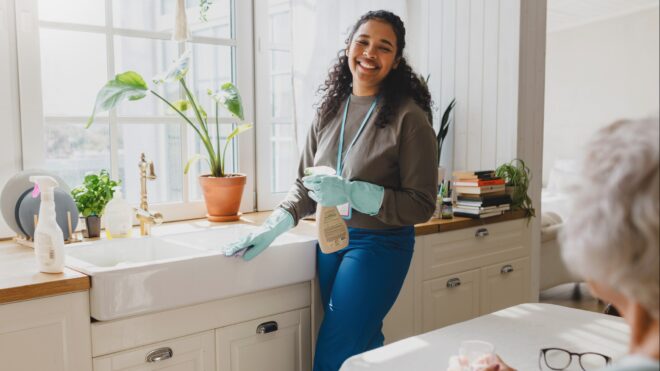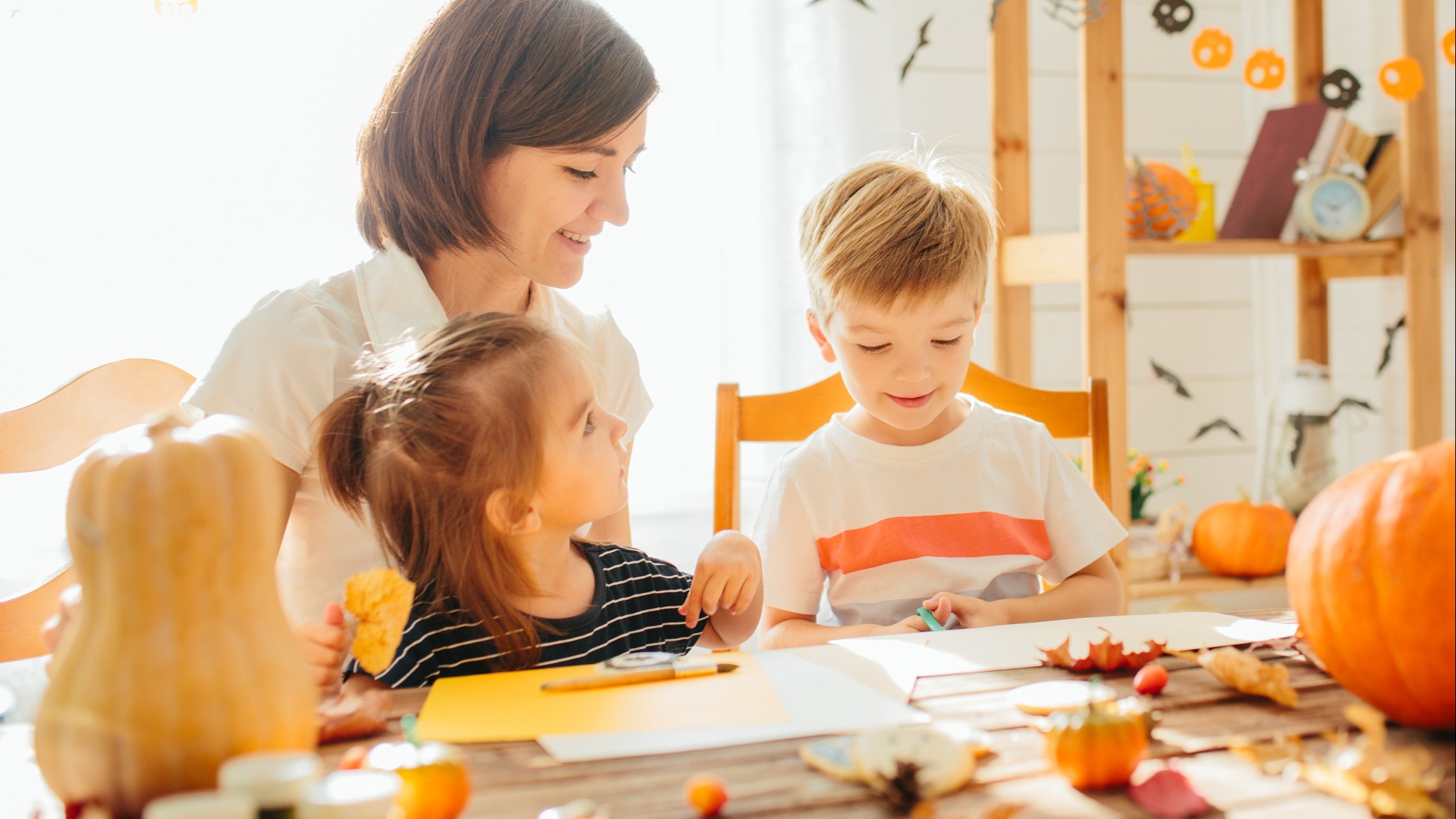
Halloween is one of the best times of year to experiment. There's something about science and figuring out the mysteries of the world that's inherently a little spooky.
Spend the spooky season engaging your kids in activities that are both educational and a lot of fun. There are a lot of great ideas out there for younger kids, but as your kids get older, it's a little tougher to impress them with experiments.
This one involved fire, though, so it made me pretty popular around my house.
Here's what you'll need to make your own flying ghosts.
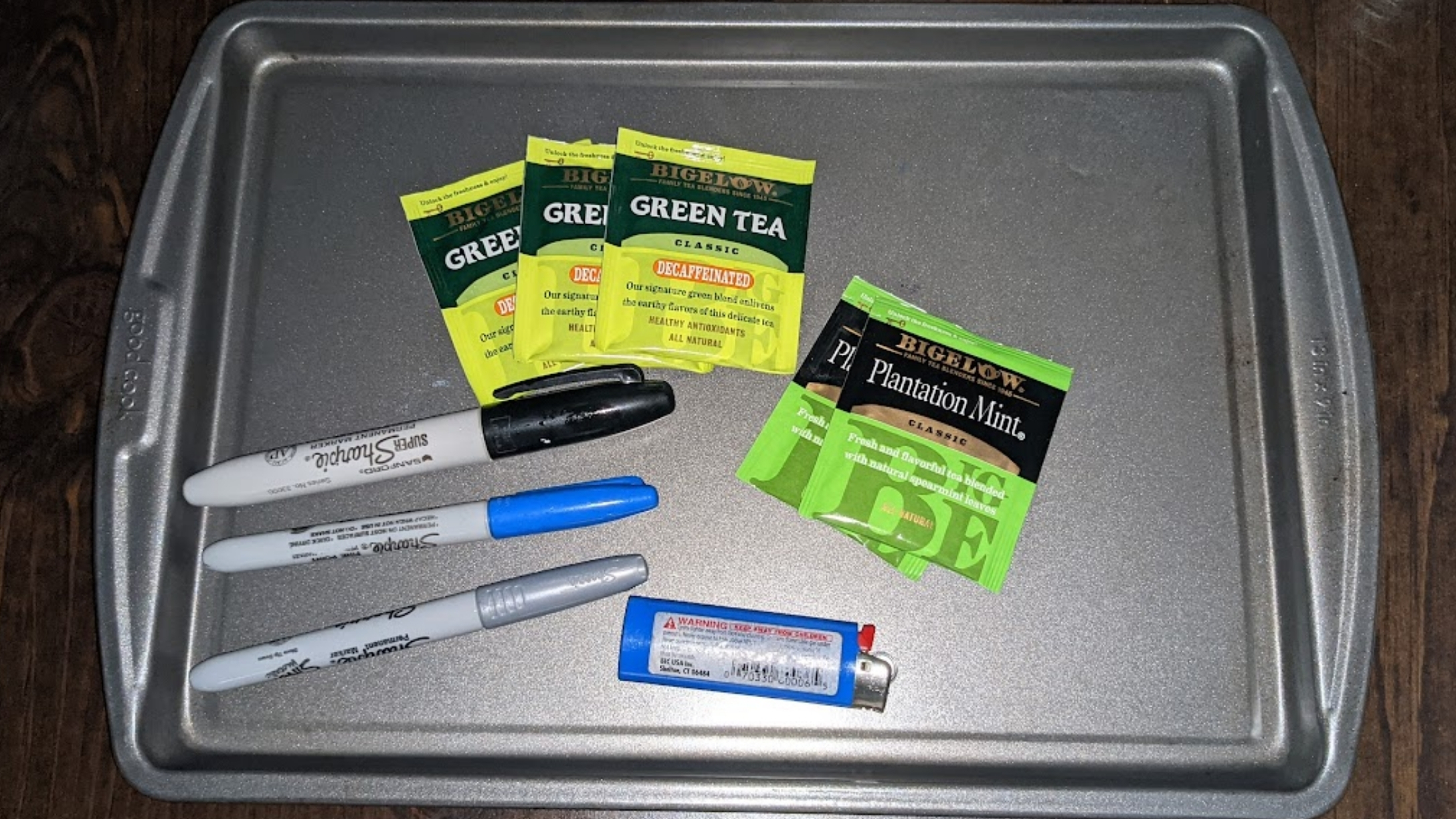
Chances are that you've already got everything you need for this interesting experiment in your kitchen:
• Tea bags*
• Scissors
• Baking sheet or alternate heat-proof surface
• Markers
• Lighter**
*As far as the tea bags go, not all of them are created equal. Different corners of the internet report that Bigelow and Twinings bags work best for this experiment, but you'll want to be sure they're the type with the bags that fold over.
**A note about the lighter: This experiment is a lot of fun to do with older kiddos, but only you know your child's comfort level with fire. We suggest parents do the lighting, but if you trust kids to do it, consider using a longer-handled barbecue lighter.
You'll also need space
Your little ghosts can launch as high as 5 or 6 feet in the air with no wind. With that in mind, make sure you have plenty of clear area for them to safely take flight. If you're doing the experiment indoors, it certainly wouldn't hurt to have a fire extinguisher on deck.
Start by emptying the tea bags you'll use.
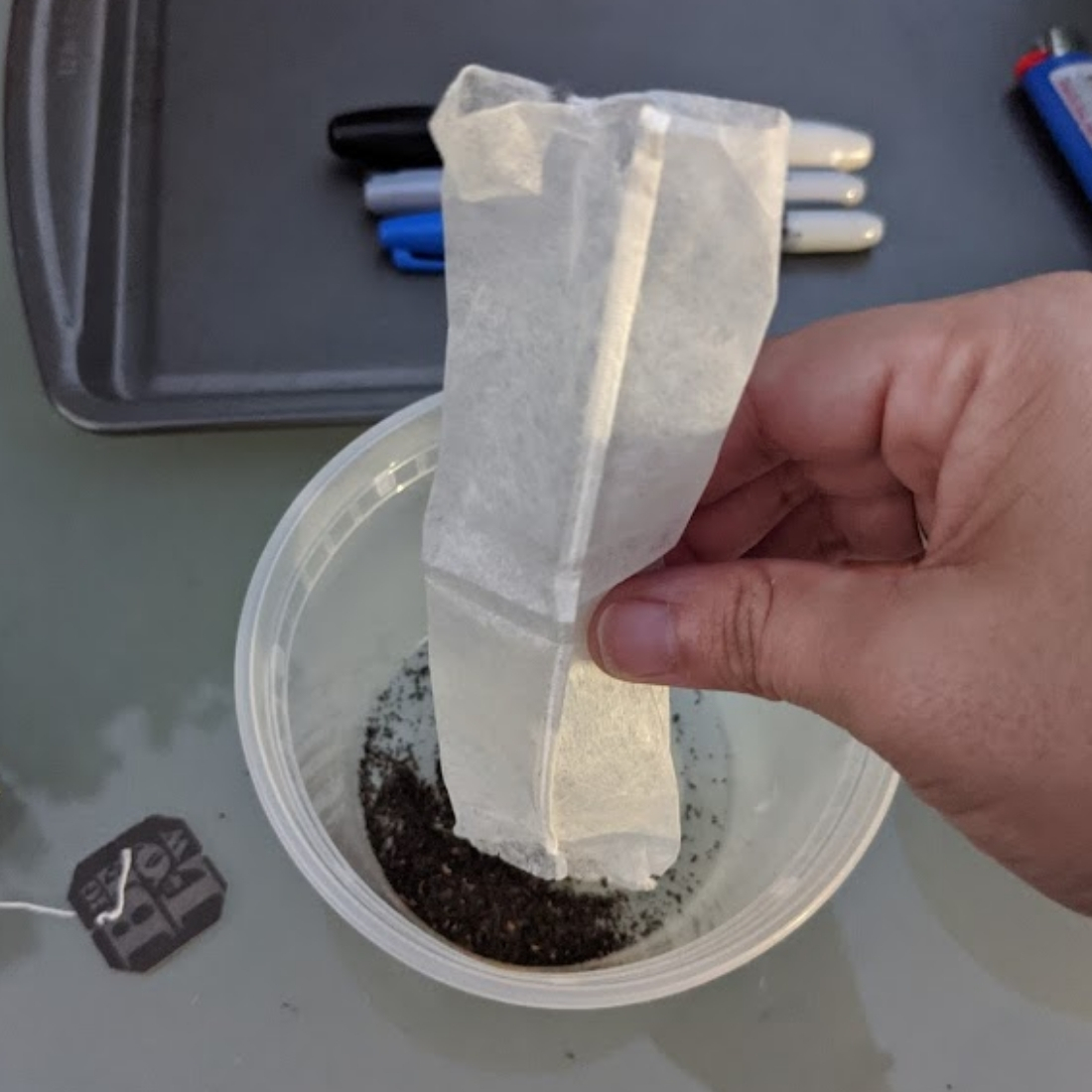
Since you'll be emptying your tea bags for this experiment, take a second before you begin to figure out what you want to do with your tea. Your safest bet is to dump the tea into a bowl or storage container so you can use it later. Empty the tea bags gently so that the bags don't rip. Remove the string with the tag.
Draw your best ghost faces.
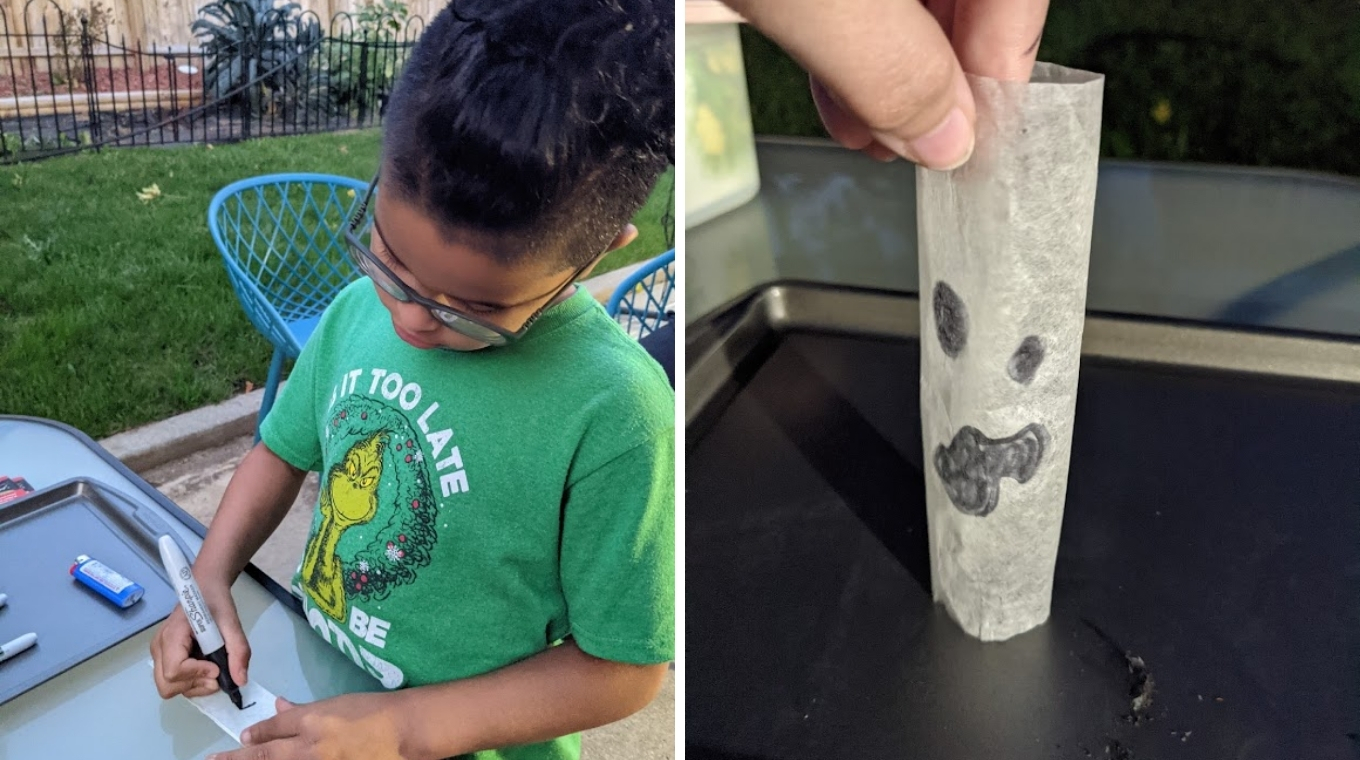
Smooth out the tea bags into a straight tube, then draw the faces. I was lucky enough to get to do this experiment twice, which meant twice the silly, spooky faces. It was a lot of fun seeing what kinds of designs the kids came up with. Still, you'll want to keep it simple since it will end up in flames.
Give your designs a minute to dry.
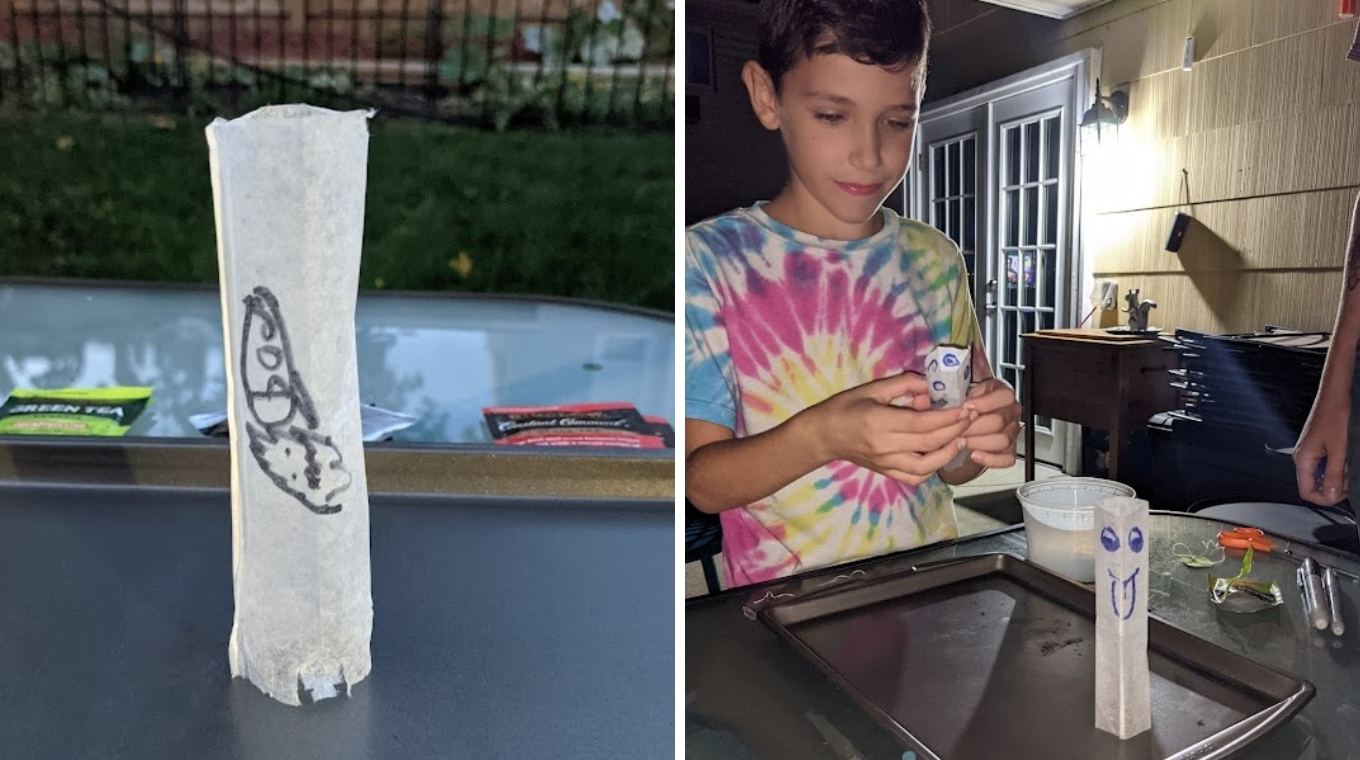
Let the designs dry for a minute, then stand up the tubes on the baking sheet. This can be tricky to do outside with any wind, so keep the weather in mind when choosing your setting.
Carefully light the tea bag from the top of the tube.
The tea bag will catch fire quickly. Stand back. About halfway through it burning down, it will shoot up and dance through the air.
It looks even cooler at night.
The day session was so, so fun, but the fiery ghosts look way cooler at night. It does, however, make it harder to find the ashy remains of the bag. You can let your kids catch the ash, as it cools off by the time it comes back down.
What's the science?
Physics Central explains how this experiment works. "As the flame burns down the cylinder, it heats the air inside of the tea bag," the site notes. "When air's temperature increases, so does its volume. Consequently, if the mass of air stays the same but the volume increases, the pressure will have to decrease, making the air less dense.
"Faster moving air molecules in the hot air will rise and the cooler air will settle beneath them. This flow of rising hot air within the cylinder creates a convection current of air, generating an upward force.
"At the same time, the tea bag's mass keeps decreasing as it burns, and the ashen skeleton that remains is much less massive than the original tea bag.
"Once the flame has burned to the bottom, the convection current provides enough force to lift the remaining ash into the sky."
Wonder what would happen if you lit it from the bottom?
While the 7-year-old was happy to be allowed to be in the proximity of fire, the inquisitive 9-year-old asked if it would work if you lit the ghost from the bottom. I asked him what he thought, and he predicted a hot-air balloon–style effect that would take into the air, but not as fast.
It didn't go as planned, but he figured out why. "It burns up too fast for it to get a chance to fly," he noticed. It felt like a major learning moment, all without me prompting it, which was pretty cool.
And, of course, we had to try it inside.
He also thought it would be the edgiest thing in the world for us to try the experiment inside. I agreed, but little did he know I'd already done an indoor test run and knew it'd be perfectly safe. I let him have the moment, and he definitely enjoyed it.
Looking for a challenge?
If you want to investigate further, try making your ghosts out of other materials, like coffee filters. Does it work the same? A simple online search can explain the differences and teach you a little more about heat.





